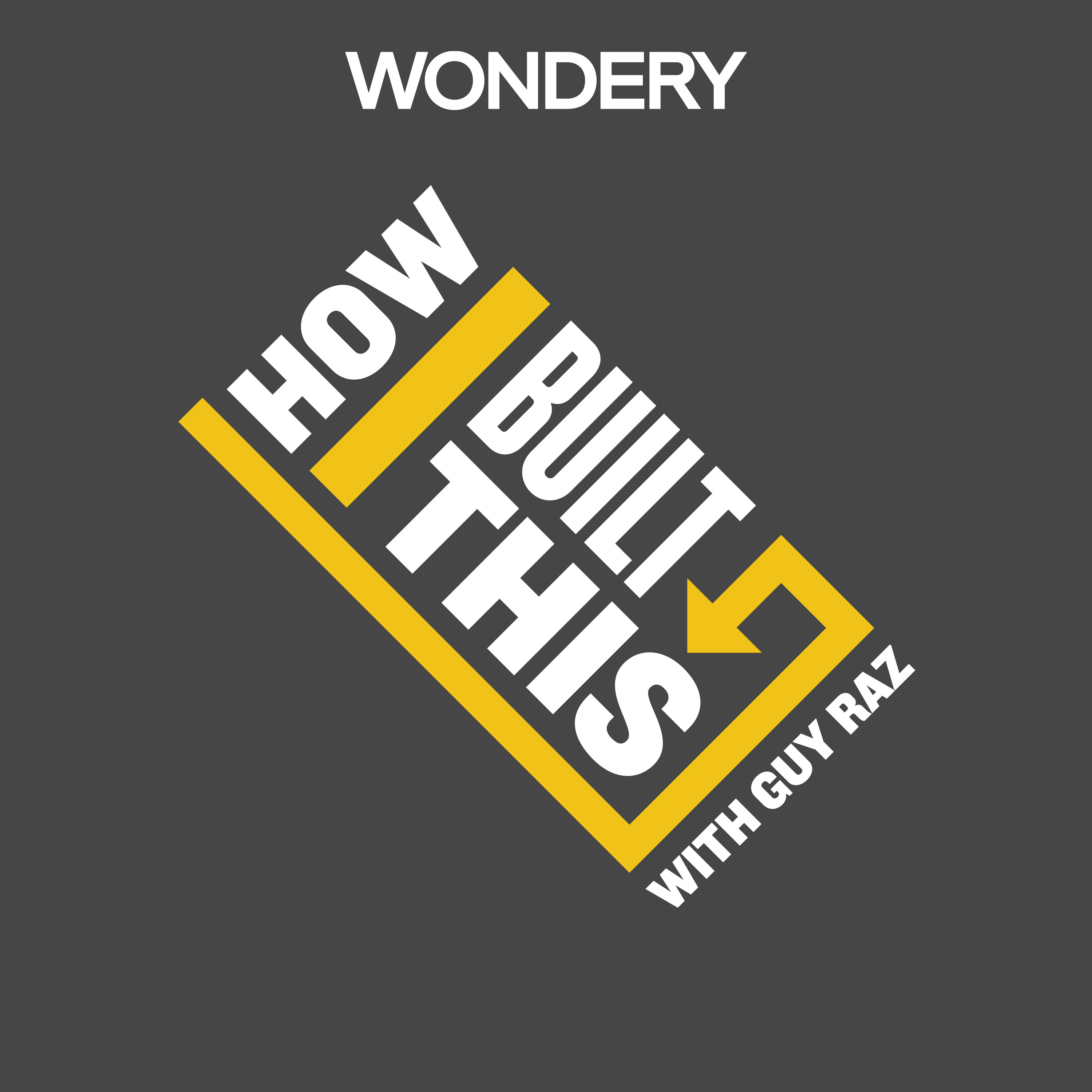The Rise of Robinhood: From Academia to Commission-Free Trading
TLDR Vlad Tenev co-founded Robinhood after transitioning from academia to developing algorithmic trading software, facing challenges in funding and regulatory approval. Despite initial skepticism, Robinhood's revenue model based on payment for order flow led to rapid growth and success, although the company faced criticism for its practices.
Timestamped Summary
00:00
Vlad Tenev co-founded Robinhood, a commission-free stock trading app that has grown to 13 million users despite controversy and is inspired by the Occupy Wall Street movement.
06:56
Vlad Tenev initially pursued a career in academia, studying physics and later math, but eventually realized that becoming a professor wasn't the right fit for him after observing the intense dedication required in his PhD program.
14:07
Vlad Tenev and his friend Beiju observed an inefficiency in high-frequency trading algorithms in 2008, leading them to consider building more efficient software for financial firms in New York.
20:59
Vlad Tenev and Beiju developed software for algorithmic trading in New York City during a period of high-frequency trading advancements.
26:50
Vlad Tenev and his partner transitioned to a more commercially oriented approach around 2010 to make money with their software company, Chronos Research, after facing financial struggles while working out of their small apartment in Brooklyn.
32:38
Vlad Tenev and his partner were inspired by the Occupy Wall Street movement and mobile technology to create the idea for Robinhood, a platform that would allow people to trade for free.
38:57
Vlad Tenev and his partner transitioned their team from building algorithmic trading software for institutions to developing Robinhood as a consumer product, facing challenges in funding and regulatory approval along the way.
45:22
Robinhood faced skepticism about its revenue model as they aimed to attract users without charging commissions, focusing on building a customer base first and figuring out the business model later.
51:23
Robinhood struggled to secure a million dollars needed for regulatory approval, but ultimately succeeded through a combination of personal sacrifices, venture capital investment, and the development of a revenue model based on payment for order flow.
57:23
Robinhood's revenue model is based on payment for order flow, facing criticism for potentially not always acting in the best interest of customers, but the company emphasizes its commitment to safety and has implemented restrictions on certain risky trading practices.
01:03:20
Robinhood's initial success was surprising, with a million people on the waitlist before launch, attracting investors and celebrities shortly after its release, but the company always maintained a sense of urgency and customer focus.
01:09:54
Robinhood experienced a surge in users in 2020 due to various factors like New Year's resolutions, market crashes, and stimulus checks, leading to challenges in system reliability and a tragic incident that prompted the company to implement changes and safeguards.
01:16:31
Robinhood faced challenges due to regulations requiring cash in the bank to back up trades, leading to a halt in trades and difficulties in communicating the situation to frustrated customers.
01:22:35
Vlad Tenev reflects on the criticism faced by Robinhood, emphasizing the importance of having thick skin, correcting narratives, and highlighting the financial gains of Robinhood customers.
Categories:
Business
 Prompt Cast
Prompt Cast
